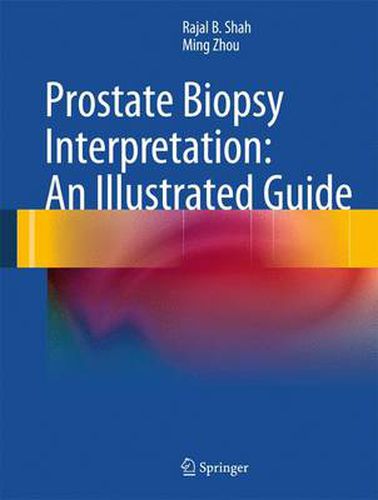Readings Newsletter
Become a Readings Member to make your shopping experience even easier.
Sign in or sign up for free!
You’re not far away from qualifying for FREE standard shipping within Australia
You’ve qualified for FREE standard shipping within Australia
The cart is loading…






This book covers all the practical issues related to the interpretation of prostatic biopsies in day-to-day practice, including: biopsy sampling and processing; the diagnosis of limited cancer; differentiation of prostate cancers from benign lesions and recognition of histologic variants; the recognition and clinical significance of atypical diagnoses and HGPIN; the identification of recently described entities; the contemporary approach to Gleason grading; the utility of immunohistochemical markers and emerging molecular markers; and the reporting of prostate biopsies. Algorithms, flow charts, and tables are used throughout to simulate the thought and decision-making process upon encountering common clinical scenarios during sign-out of prostate biopsy. The book is richly illustrated with carefully selected, high-quality color images and will appeal especially to practicing surgical pathologists as well as pathology residents and fellows in training.
$9.00 standard shipping within Australia
FREE standard shipping within Australia for orders over $100.00
Express & International shipping calculated at checkout
This book covers all the practical issues related to the interpretation of prostatic biopsies in day-to-day practice, including: biopsy sampling and processing; the diagnosis of limited cancer; differentiation of prostate cancers from benign lesions and recognition of histologic variants; the recognition and clinical significance of atypical diagnoses and HGPIN; the identification of recently described entities; the contemporary approach to Gleason grading; the utility of immunohistochemical markers and emerging molecular markers; and the reporting of prostate biopsies. Algorithms, flow charts, and tables are used throughout to simulate the thought and decision-making process upon encountering common clinical scenarios during sign-out of prostate biopsy. The book is richly illustrated with carefully selected, high-quality color images and will appeal especially to practicing surgical pathologists as well as pathology residents and fellows in training.